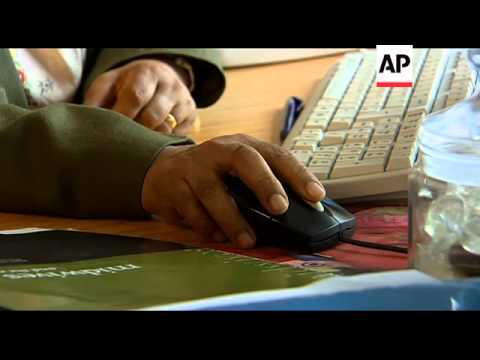Let Babies 411 show you how to easily and safely swaddle your baby.
Swaddling has long been used in many cultures as a way to soothe fussy babies and promote sleep. Although swaddling is a great tool to help calm babies, it is important that swaddling is done correctly to avoid complications such as hip dysplasia, overheating and respiratory problems.
The International Hip Dysplasia Institute states that hip dysplasia occurs when the “bones of the hip joint are not aligned properly.” Hips can develop abnormally when an infant is swaddled tightly with the legs extended. Watch this animation to see what happens to the hips when an infant is swaddled with legs extended.
Overheating can occur when a baby is swaddled with heavy blankets, is overdressed or is swaddled in a warm environment.
Respiratory issues including infection have been found when an infant is swaddled too tightly. Researchers relate this to the inability of the chest to completely expand which then in turn leads to respiratory difficulty.
Safe swaddling can be easily mastered and can be accomplished by a variety of techniques. The main principles to keep in mind are:
Swaddle your baby so that the hips and legs are free to move. The legs should be able to bend up and out at the hips (flexed and abducted).
Swaddle and place your baby on his back to sleep. Do not put a swaddled baby to sleep on his tummy (the risk of SIDS increases 12-fold).
Do not overheat your baby when swaddling. Avoid using heavy blankets to swaddle and dress your infant in light clothing (a general rule of thumb is to dress your baby in one additional layer than you have on). Keep your baby’s environment at a cool, comfortable temperature (a temperature that is comfortable for a lightly clothed adult). Watch your infant for signs of overheating such as warm/hot skin, flushed cheeks, sweating, heat rashes or rapid breathing.
To avoid head covering from loose blankets, be sure to tuck each side of the blanket when swaddling. Using sleep sacks help to avoid the risk of suffocation from loose bedding.
Make sure not to swaddle your baby too tightly. One way to check tightness is by sliding your hand between your baby’s chest and the blanket. The blanket should feel snug, not tight.
The blanket should not come higher than your baby’s shoulder to prevent accidental covering of baby’s mouth and nose. When you and your baby are sleeping, it is best not to use a blanket.
However, if you feel your baby needs a blanket to sleep, swaddle your baby with his arms outside of the blanket (with the sides securely tucked) assuring that the blanket comes no higher than the chest. This will help prevent the blanket from covering your baby’s mouth and nose if he moves around during sleep.
Remember to unswaddle your baby and give him time throughout the day to stretch and move his arms and legs without restriction.
Swaddling can be beneficial in the first three months of age. Many babies are ready to be weaned from swaddling around 3-4 months of age, however some require longer periods of swaddling. Some experts suggest swaddling be stopped once a baby begins to roll over since prone positioning (sleeping on the tummy) can increase a baby’s risk for Sudden Infant Death Syndrome (SIDS). A guide found in Contemporary Pediatrics (2004) suggests the following to see if your baby is ready to wean from swaddling:
“To decide if your infant no longer needs to be wrapped, try this: After she reaches 2 to 3 months of age, swaddle her with one arm out. If she gets fussier, continue wrapping (with both arms in) for a few more weeks. However, if she still sleeps well with one arm out, she probably doesn’t need swaddling any more.”
Keep these recommendations in mind when swaddling your baby and be sure that anyone caring for your baby does the same.
For More Swaddling information visit us at: http://babies411.com/babies411/articles/how-to-safely-swaddle-your-baby.html
Baby Having trouble Sleeping: http://babies411.com/babies411/baby-tips/sleeping-tips-new.html
Got a Fussy Baby: http://babies411.com/babies411/articles/got-a-fussy-baby.html
View source by clicking here.







